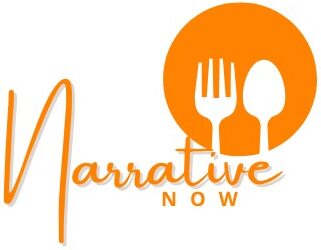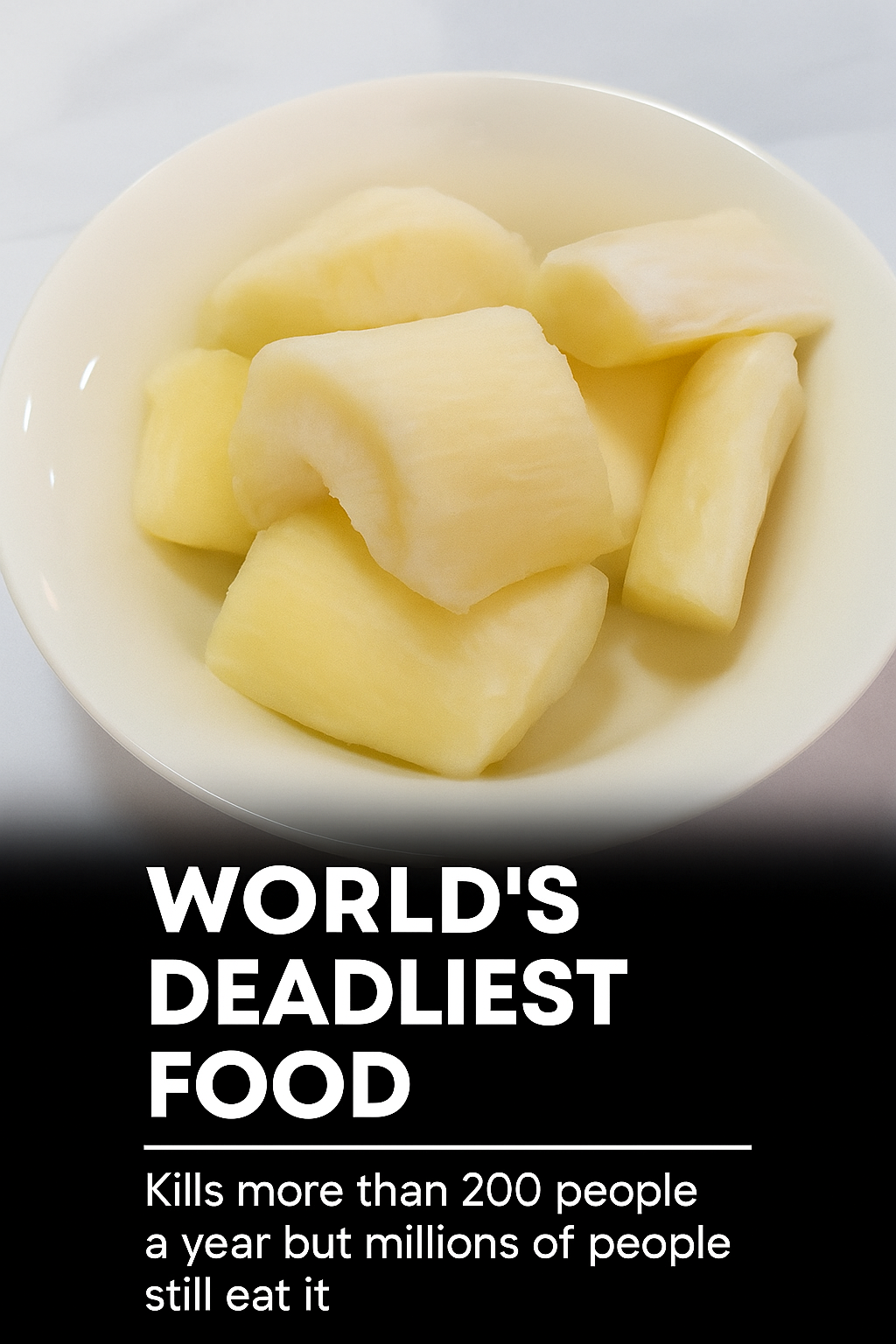Why Do So Many People Still Eat It?
Despite the risks, cassava is a cornerstone of food security in many parts of the world because:
It grows in poor soils and harsh climates where other crops fail.
It’s high-yielding and low-cost.
It can be stored in the ground for months, acting as a famine reserve.
It’s incredibly versatile — used in bread, porridge, beer, and industrial products.
For millions, cassava isn’t a choice — it’s a necessity.
Efforts to Make Cassava Safer
Scientists and agricultural organizations are working to reduce the risks:
Breeding low-cyanide varieties – Biofortified, safer strains are being introduced.
Promoting processing education – Teaching communities safe preparation techniques.
Developing rapid cyanide-testing kits – To check safety before consumption.
In Nigeria, the world’s largest cassava producer, government programs promote industrial processing to ensure safer, mass-produced cassava products.
Final Thoughts: A Food of Contradictions
Cassava is a paradox — a life-giving food that can also take life. It feeds half a billion people, yet kills over 200 each year. It’s a symbol of resilience, but also of vulnerability.
The tragedy isn’t that people eat cassava — it’s that too many are forced to eat it without the means to prepare it safely.
So the next time you enjoy tapioca pudding or a plate of fufu, remember:
This humble root is more than a meal.
It’s a story of survival, culture, and the high stakes of food safety.
Respect the power of cassava — and the knowledge that keeps it from becoming poison.

